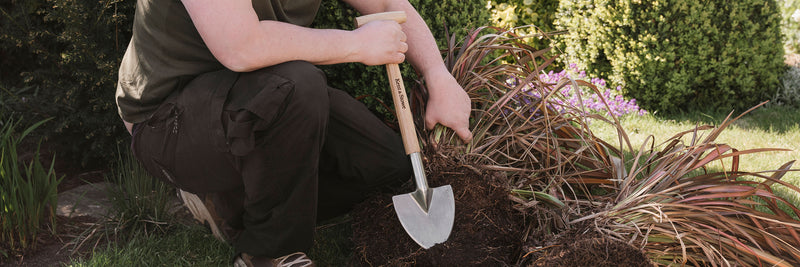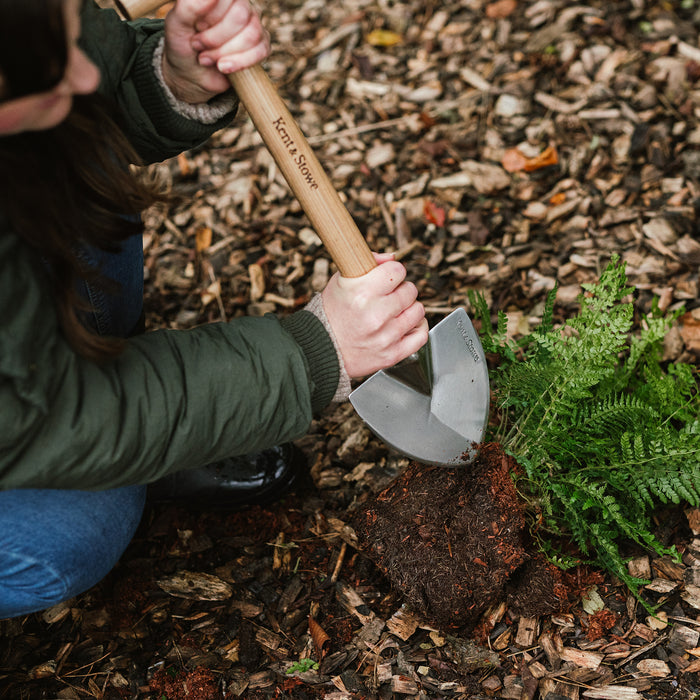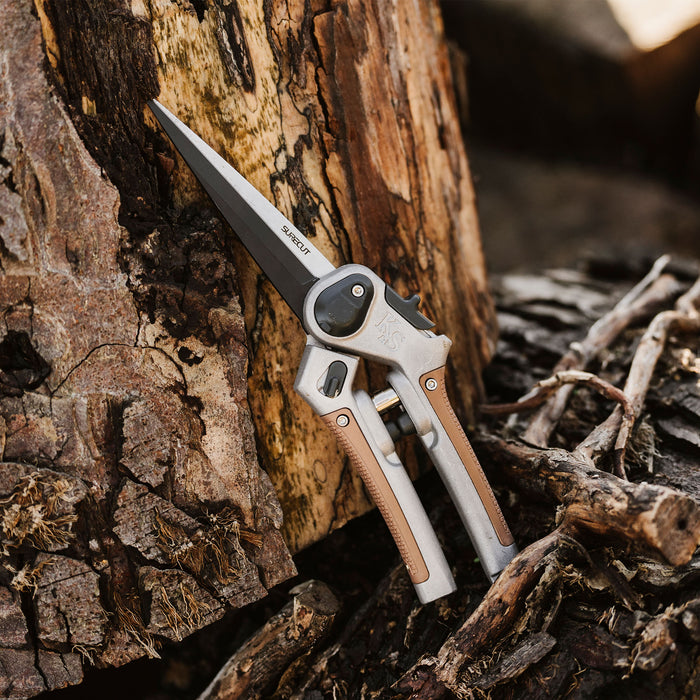Autumn and winter is the perfect time to give your garden a fresh start by cutting back and dividing perennials. As the growing season winds down, these essential tasks can help rejuvenate your plants, promote healthy growth, and ensure your garden looks vibrant come spring.
Why Autumn is Ideal for Cutting Back and Dividing Perennials
During autumn, many perennials begin to die back, signaling a natural time to prune and divide them. Cutting back faded foliage and stems not only tidies up your garden but also reduces the risk of pests and diseases overwintering in the dead plant material.
Dividing perennials is another autumn task. It prevents overcrowding, encourages vigorous growth, and allows you to propagate new plants from established ones. This process gives your perennials the space they need to thrive while offering you the opportunity to expand your garden or share plants with friends.
Equipment Needed
Cutting Back Perennials
Step 1: Identify Which Perennials to Cut Back
Not all perennials need cutting back in autumn. Focus on those that have finished flowering, have diseased or damaged foliage, or are prone to becoming untidy. Popular perennials to cut back include:
- Daylilies
- Hostas
- Peonies
- Phlox
- Shasta daisies
- Lupins
- Geraniums
Step 2: Prune the Perennials
Using sharp perennial shears, cut back the stems of your perennials to about 2-3 inches above the ground. Be sure to remove any dead or damaged foliage, as well as any remaining flower stalks.
Top Tip: Avoid cutting back perennials that provide winter interest, such as ornamental grasses or plants with attractive seed heads, until late winter or early spring.

Step 3: Clean Up the Garden Bed
Once you've pruned your perennials, remove any debris from the garden bed, including fallen leaves and cut stems. This helps prevent diseases from spreading and keeps your garden looking neat. The Kent & Stowe 3 in 1 Leaf Rake that turn into leaf grabbers is ideal for gathering any leaves and debris around the garden.

Dividing Perennials
Step 1: Identify Which Perennials Need Dividing
Perennials generally need dividing every 3-5 years. Signs that your plants need dividing include:
- Crowded growth with reduced flowering
- A dead or hollow center in the clump
- Perennials spreading beyond their designated space
Common perennials that benefit from autumn division include:
- Hostas
- Daylilies
- Irises
- Sedum
- Asters
- Lupins
- Geraniums
Step 2: Dig Up the Perennials
Use a perennial spade to carefully lift the entire clump of the plant from the ground. Start digging about 6-12 inches away from the base to avoid damaging the roots.

Step 3: Divide the Plant
Gently separate the clump into smaller sections, ensuring each division has healthy roots and several stems or buds. You can use a perennial spade to make the divisions.
Top Tip: Discard any dead or diseased portions of the plant to promote healthy growth in the new divisions.

Step 4: Replant the Divisions
Replant the divisions in well-prepared soil, spacing them appropriately according to the plant’s mature size. Water thoroughly after planting to help the roots establish.
Step 5: Add Compost or Mulch
Add a layer of compost or mulch around the newly planted divisions to retain moisture and provide nutrients over the winter. This also helps insulate the roots during colder months.
Aftercare
- Water regularly: Keep the soil moist, especially if autumn weather is dry, to help the plants establish before winter.
- Mulch if necessary: Apply a layer of mulch around the base of your plants to protect them from frost.
- Monitor for pests: Keep an eye out for any signs of pests or disease and address them promptly.






